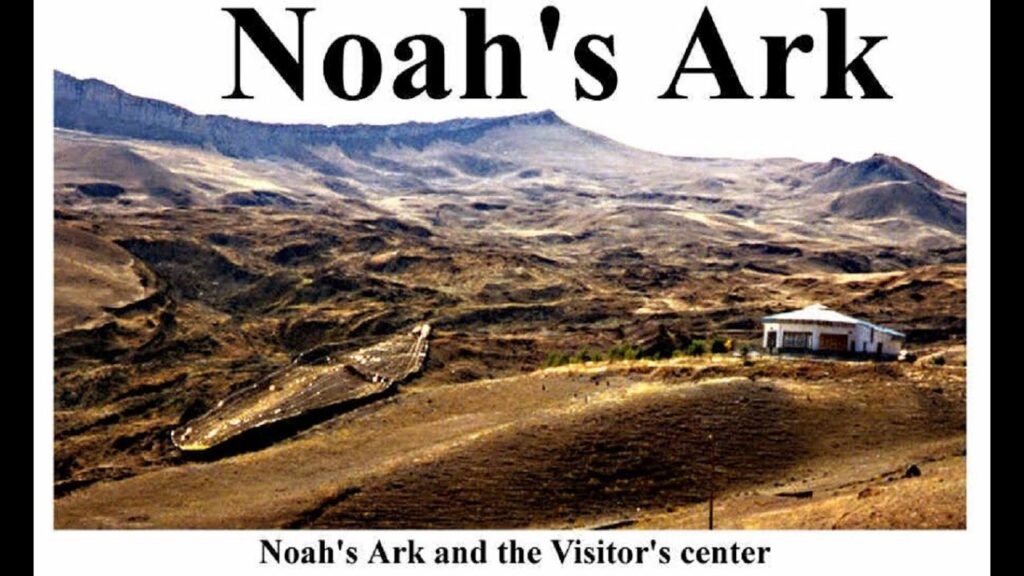Unveiling the Mystery of Noah’s Ark
Introduction
Embark on an exhilarating journey to uncover the authenticity of the Bible through the fascinating story of Noah’s Ark. The evidence presented here stands as a testament to the historical accuracy of biblical narratives. Offering insights into the monumental events that transpired over 4,400 years ago.
Noah’s Ark: A Testament to Biblical Authenticity
Noah’s Ark which is nestled in Eastern Turkey against the backdrop of the Ararat mountain range. It serves as a tangible testament to the biblical account of survival amidst the Great Flood. According to scriptures dating back 6,000 years, Noah and his family were the sole survivors of this cataclysmic event.
The Great Flood: A Catalyst for Fossilization
The biblical narrative attributes the creation of fossils to the instantaneous burial of humans, animals, and fish under tons of rock during the Great Flood. This seismic event, occurring 4,400 years ago, left an indelible mark on the Earth’s geology, creating fossilized imprints like a large fish devouring a smaller one, frozen in time.
Dinosaurs and the Great Flood
Addressing the intrigue around dinosaurs, evidence suggests that dinosaurs like the ichthyosaur met their demise during Noah’s Flood. Fossils, including a pregnant female ichthyosaur, underscore the rapid fossilization process that challenges the conventional narrative of gradual evolution.
Unearthing Noah’s Ark
The biblical account places Noah’s Ark on the Mountains of Ararat, and various expeditions and studies have sought to validate this claim. Dr. Brandenburg identified a site resembling a ship on Mount Ararat, and Life Magazine published a photo in 1916, sparking interest in the search for Noah’s Ark.
Ron White’s Dedication to Discovery
Ronald E White, also known as Ron White, played a pivotal role in bringing attention to the Noah’s Ark site. His ten-year research effort led to the identification of significant features, including metal rivets and fossilized remains.
Metal Rivets: A Crucial Discovery
Metal detectors and subsurface radar revealed a regular pattern of iron, showcasing metal rivets in the formation. The Bible’s mention of Tubal-Cain, an instructor in brass and iron, aligns with the presence of metal artifacts in the Ark’s remains.
Petrified Beam and Dimensions
A petrified deck beam from Noah’s Ark, characterized by laminated wood, bears witness to pre-flood conditions without annular rings. The biblical dimensions of the Ark, align with the Royal Egyptian Cubit and provides archaeological consistency.
Turkish Government Recognition
The Turkish government officially recognized the Noah’s Ark site in 1989, leading to the establishment of a visitor center. Daily tours attract curious visitors, affirming the site’s significance.
A Gospel Encoded in Names
Remarkably, the genealogy of Noah’s ancestors in Genesis chapter 5 reveals a hidden Christian Gospel. The English meanings of the Hebrew names unravel a narrative foretelling the coming of the Blessed God to bring comfort through sacrificial death.
Conclusion
Noah’s Ark stands as a powerful symbol but not only of historical events but also as a beacon validating the authenticity of biblical accounts. From fossilized evidence to the intricacies of the Ark’s construction in which each discovery reinforces the biblical narrative. The encoded Gospel within names adds a layer of divine intricacy therefore emphasizing the profound connection between history, faith, and revelation.
As we reflect on the legacy of Noah’s Ark and let the evidence presented serve as a source of inspiration, affirming the enduring truth found within the pages of the Bible.
